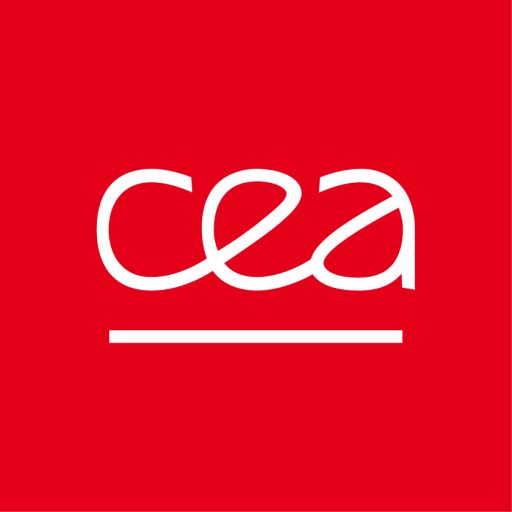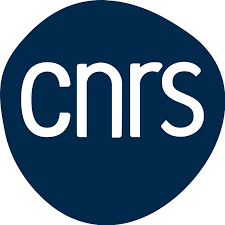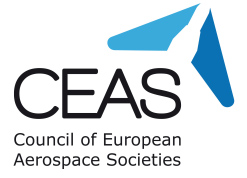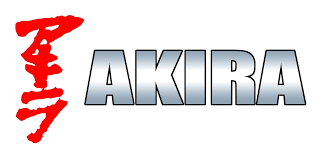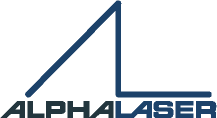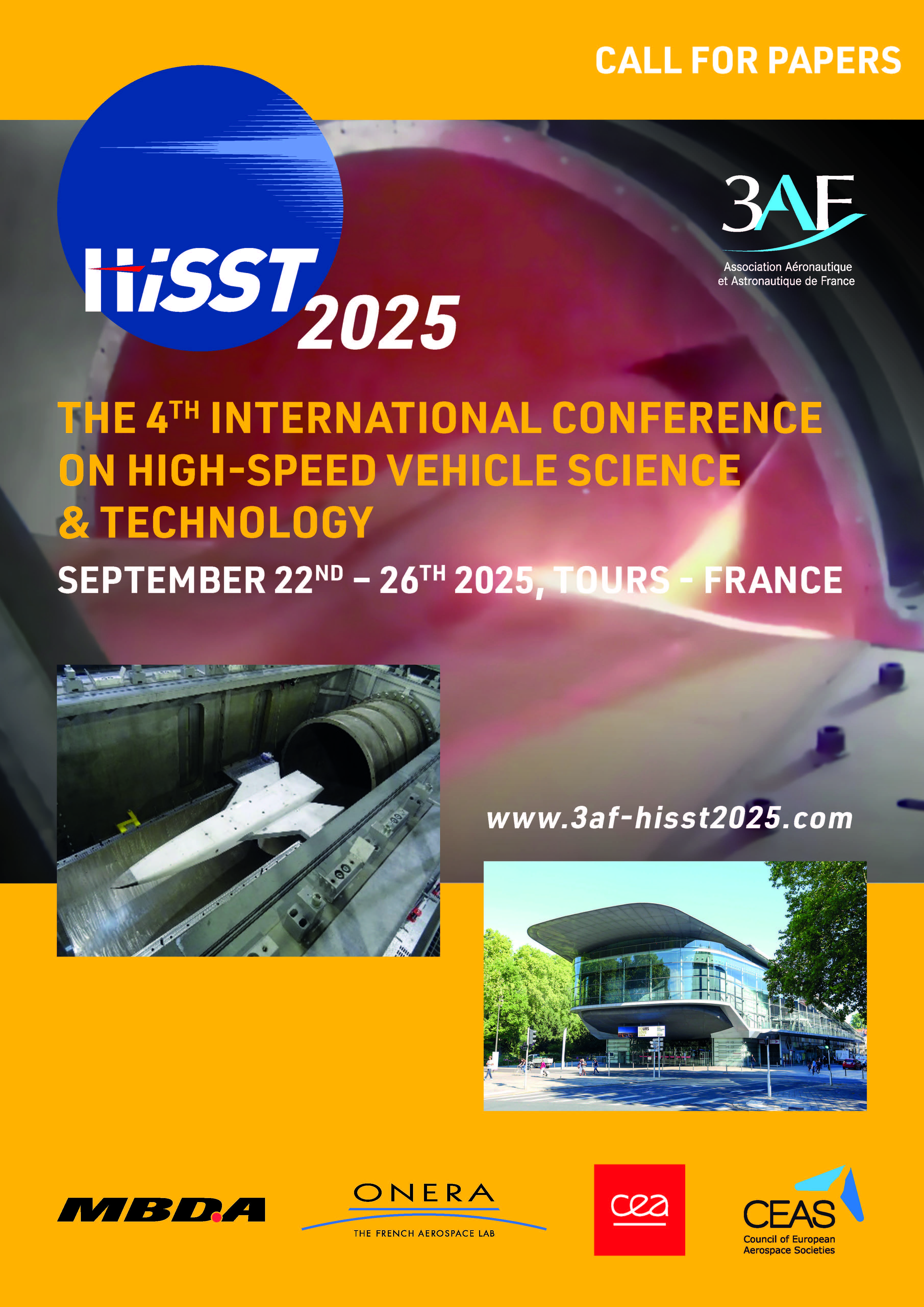TECHNICAL VISITS
Last conference day (26 September 2025) will be dedicated to technical visits for a limited number of attendees:
- Visit of ramjet test facility at MBDA Bourges Subdray Center (2 x 50 people – 90min drive from Tours).
- Visit of high-speed aerodynamic facilities at CNRS-ICARE in Orleans (50 people – 90min drive from Tours).
Places will be allocated on a first-come, first-served basis.
An additional €60 will be charged to technical tours attendees to contribute to travelling cost. A lunch box will be provided during the bus drive.
Visitors must get clearance from French Administration. To get this clearance on time, it is mandatory to register and provide all needed data:
- first name, last name
- date and place of birth
- citizenship
- affiliation and address of Company/Institution
- function
- copy of 2 first pages of passport
The deadline for registration for technical visits is 30 June 2025
MBDA ramjet test facility
Initially set up for the development of liquid ramjet systems for air-to-ground missiles, the MBDA ramjet test facility constitutes today a set of 5 test lines allowing to test full scale ramjet/scramjet systems over the entire flight envelope from Mach 2 to Mach 7 in different testing configurations: direct connected-pipe, semi free-jet, free-jet using dedicated fixed nozzles.
Inlet flow is pre-heated by dedicated H2 viciator to match flight enthalpy freestream conditions.
- Historical lines 1, 2 and 3 are capable to generate test conditions up to 1100 K in direct-connected pipe configuration. Air ejector downstream the test articles can be used to simulate flight altitude low-pressure environment. External liquid and gaseous mixtures of different hydrocarbon-fuel are available as well as state-of-the art command control and acquisition systems. Air, Oxygen and Hydrogen storage are designed for delivering minutes of high-speed airflow.
- Line 4 was added 25 years ago and then upgraded to provide test conditions up to 1800 K and to allow full scale semi-free-jet testing.
- More recently, Line 5 has been developed for testing large scale vehicle in free-jet conditions up to Mach 7 and 25kPa of dynamic pressure with direct aero-propulsive balance measurement.
ICARE Test facility
The ICARE Institute, a CNRS research unit, houses the experimental platform, named FAST, which gathers three wind tunnels: MARHy, PHEDRA, and EDITH. These installations have been step by step upgraded, forming a unique European ensemble that simulates the aerothermodynamic conditions of atmospheric reentry from altitudes of about 100 kilometers.
An important feature of these wind tunnels is their continuous operation mode, as opposed to blow-down-mode wind tunnels, thanks to powerful pumping systems associated with each of them. Each wind tunnel is designed for specific flight conditions.
- The MARHy wind tunnel (Mach Adaptable Rarefied Hypersonic) is a rarefied wind tunnel capable of simulating flows from Mach 20 to Mach 0.8. It can recreate pressure conditions corresponding to altitudes between 100 and 20 km, covering flow regimes ranging from free molecular to transitional.
- The PHEDRA wind tunnel (Plasmas Hors d’Équilibre de Rentrées Atmosphériques) generates ionized supersonic flows at low pressure, simulating the extreme conditions encountered by spacecraft in the denser layers of the atmosphere during high-speed flight.
- Finally, the EDITH wind tunnel (Study of Interactions and Transfers in Hypersonics) operates at higher pressures than the other two, around 1/100th of atmospheric pressure. It allows simulation of conditions similar to those encountered during atmospheric reentry in the lower layers of the atmosphere.

 my account
my account

